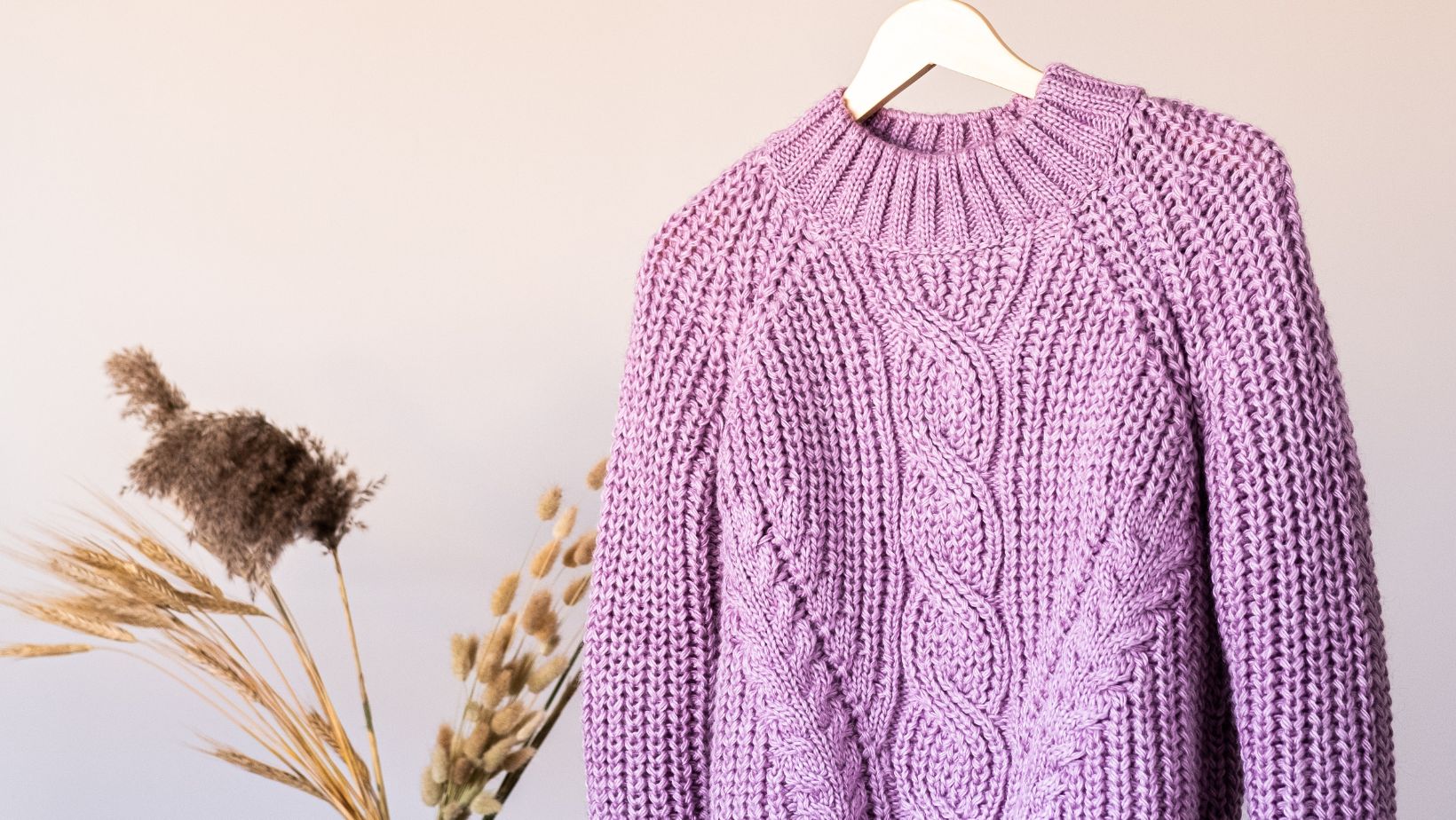Is Purple Warm or Cool
Purple is a captivating color that has long been associated with royalty, luxury, and spirituality. However, when it comes to determining whether purple is warm or cool, there seems to be some confusion. In this article, I’ll delve into the meaning of purple and explore whether it falls on the warm or cool side of the color spectrum. By understanding the undertones and psychology behind this enigmatic hue, you’ll gain a better understanding of how to incorporate purple into your home decor, fashion choices, and overall aesthetic.
When it comes to color theory, warm and cool tones play a significant role in determining the mood and atmosphere of a space. Purple, with its unique blend of red and blue, can be a bit tricky to categorize. Some argue that purple leans more towards the warm side due to its association with red, while others insist that its cool undertones make it a cooler color. In this article, I’ll explore both perspectives and provide insights into how the meaning of purple can vary depending on its context and usage.
Purple has a rich history and symbolism that spans cultures and centuries. From ancient royalty to modern-day spirituality, this color has always held a certain allure. But is purple warm or cool? The answer lies in understanding the undertones and the impact they have on our perception. In this article, I’ll break down the meaning of purple and delve into the warm and cool aspects of this captivating hue. Whether you’re looking to create a cozy and inviting space or make a bold fashion statement, understanding the warmth or coolness of purple can help you make informed choices.
What is Purple?
Purple is a captivating and enigmatic color that has been a subject of fascination for centuries. It is often associated with royalty, luxury, and creativity. But when it comes to determining whether purple is warm or cool, the answer is not as straightforward as one might think.
Purple is a unique color that sits between blue and red on the color spectrum. It is a blend of the calming and soothing qualities of blue and the fiery energy of red. This combination gives purple a certain complexity that makes it difficult to categorize as either warm or cool.
Warm Colors: Warm colors are typically associated with energy, warmth, and vibrancy. They include shades of red, orange, and yellow. These colors evoke feelings of passion, excitement, and happiness.
Cool Colors: Cool colors, on the other hand, are often associated with calmness, tranquility, and relaxation. They include shades of blue, green, and purple. These colors create a sense of harmony and serenity.
Given its position on the color spectrum, it can be argued that purple has qualities of both warm and cool colors. It has the vibrancy and energy of red, which leans towards warm, but it also has the calming and soothing elements of blue, which leans towards cool.
The perception of purple as warm or cool can also be influenced by its undertones. Purple with more blue undertones tends to be cooler, while purple with more red undertones can appear warmer. Additionally, the brightness or darkness of the purple shade can also impact its perceived warmth or coolness.

Warm Colors vs Cool Colors
When discussing the meaning of purple and whether it is warm or cool, it’s important to understand the concept of warm colors and cool colors. Warm colors are often associated with energy, vibrancy, and excitement. They include shades of red, orange, and yellow. On the other hand, cool colors are known for their calming and soothing effect. They include shades of blue, green, and purple.
Purple, being a combination of blue and red, falls in the middle of the color spectrum. This makes it a bit more challenging to categorize as either warm or cool. However, understanding its undertones can help determine whether it leans towards warmth or coolness.
Some shades of purple, such as lavender or lilac, have more blue undertones, giving them a cooler feel. These cooler purples can evoke a sense of calmness and serenity, making them ideal for creating a peaceful atmosphere in a space.
On the other hand, shades of purple with more red undertones, like plum or magenta, tend to lean towards warmth. These warmer purples can create a sense of richness and luxury, making them popular choices for luxurious interiors or high-end fashion.
The brightness or darkness of a purple shade can also influence its perceived warmth or coolness. Lighter shades of purple may feel cooler, while darker shades can appear warmer.
So, while purple is not definitively warm or cool, it offers a unique balance of both elements. Its undertones and brightness play a significant role in determining its overall feel. Whether you choose to incorporate purple as a warm or cool color in your home decor or fashion choices ultimately depends on the mood and atmosphere you want to create.

